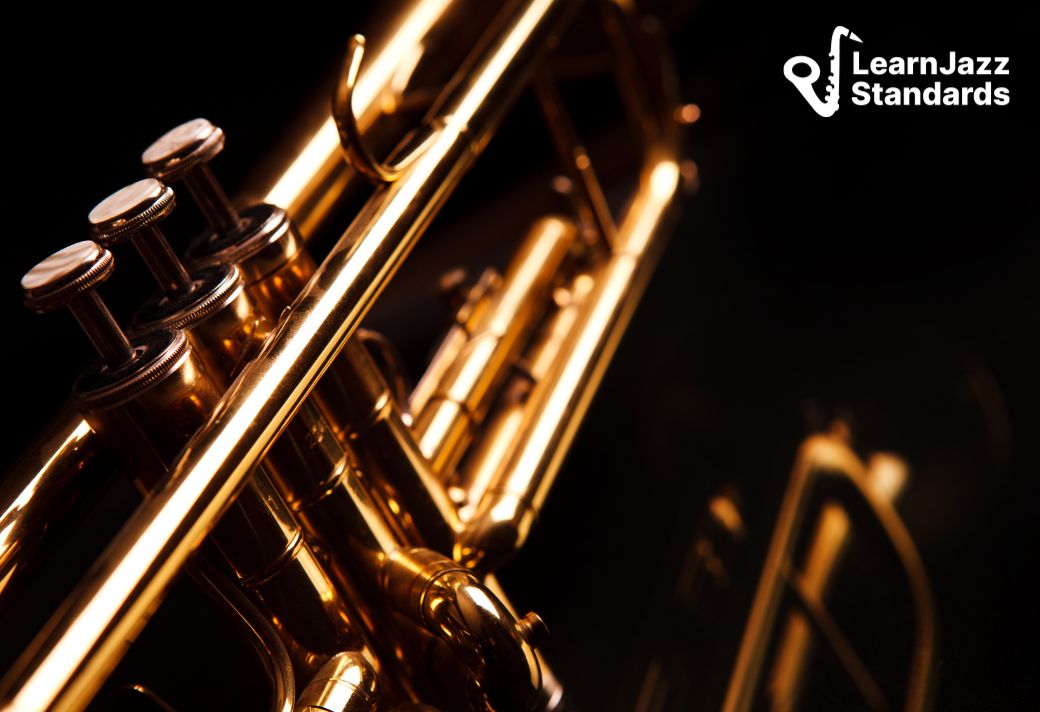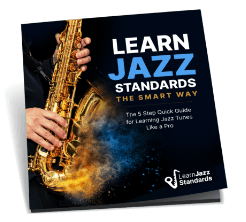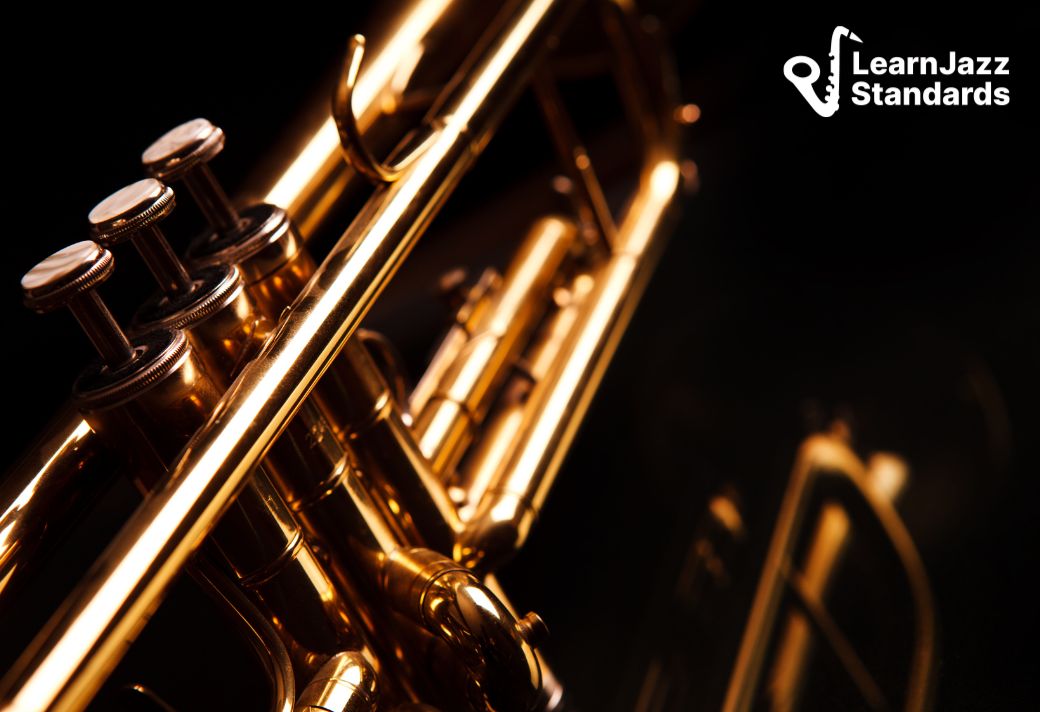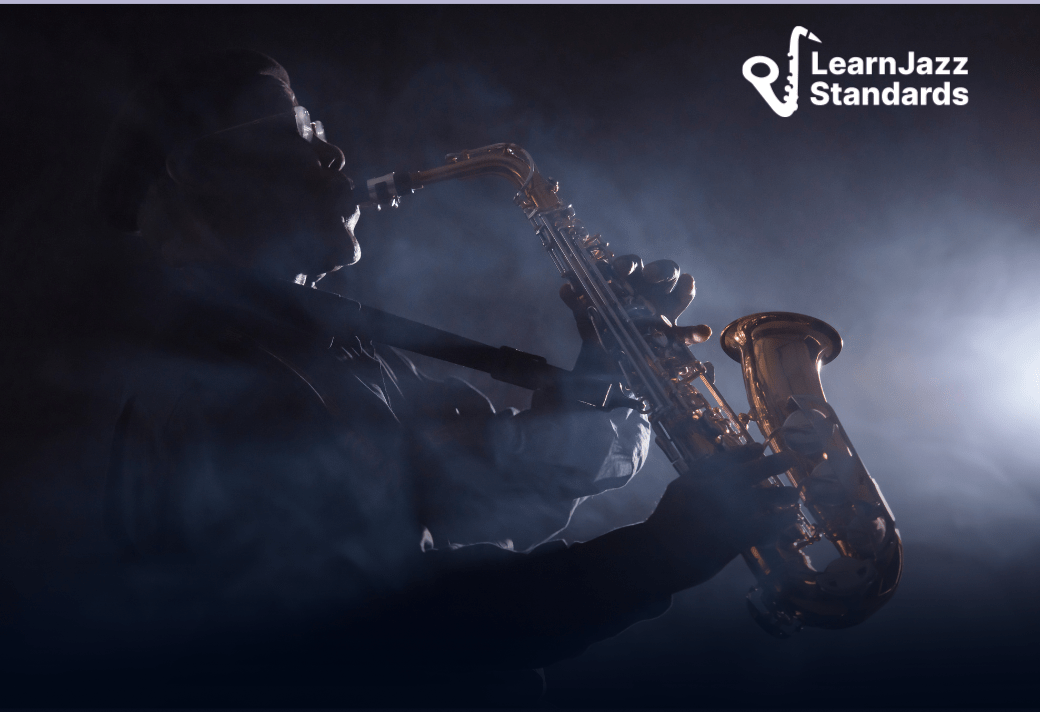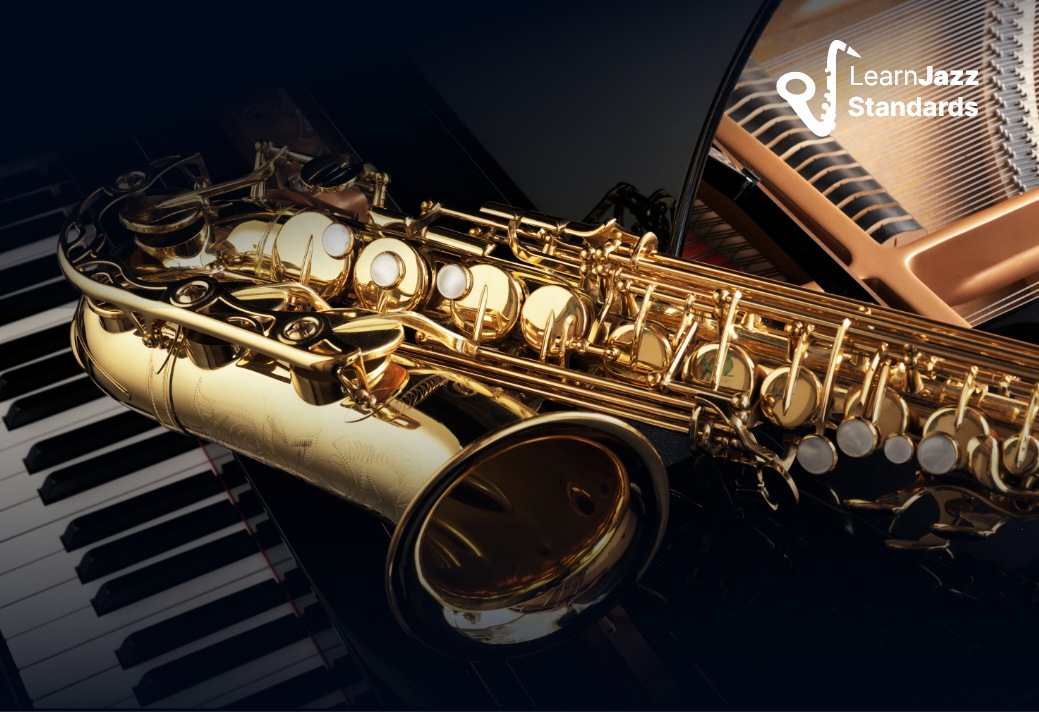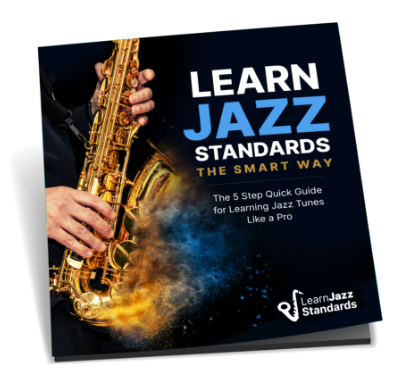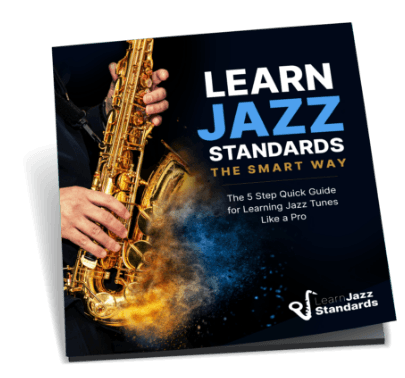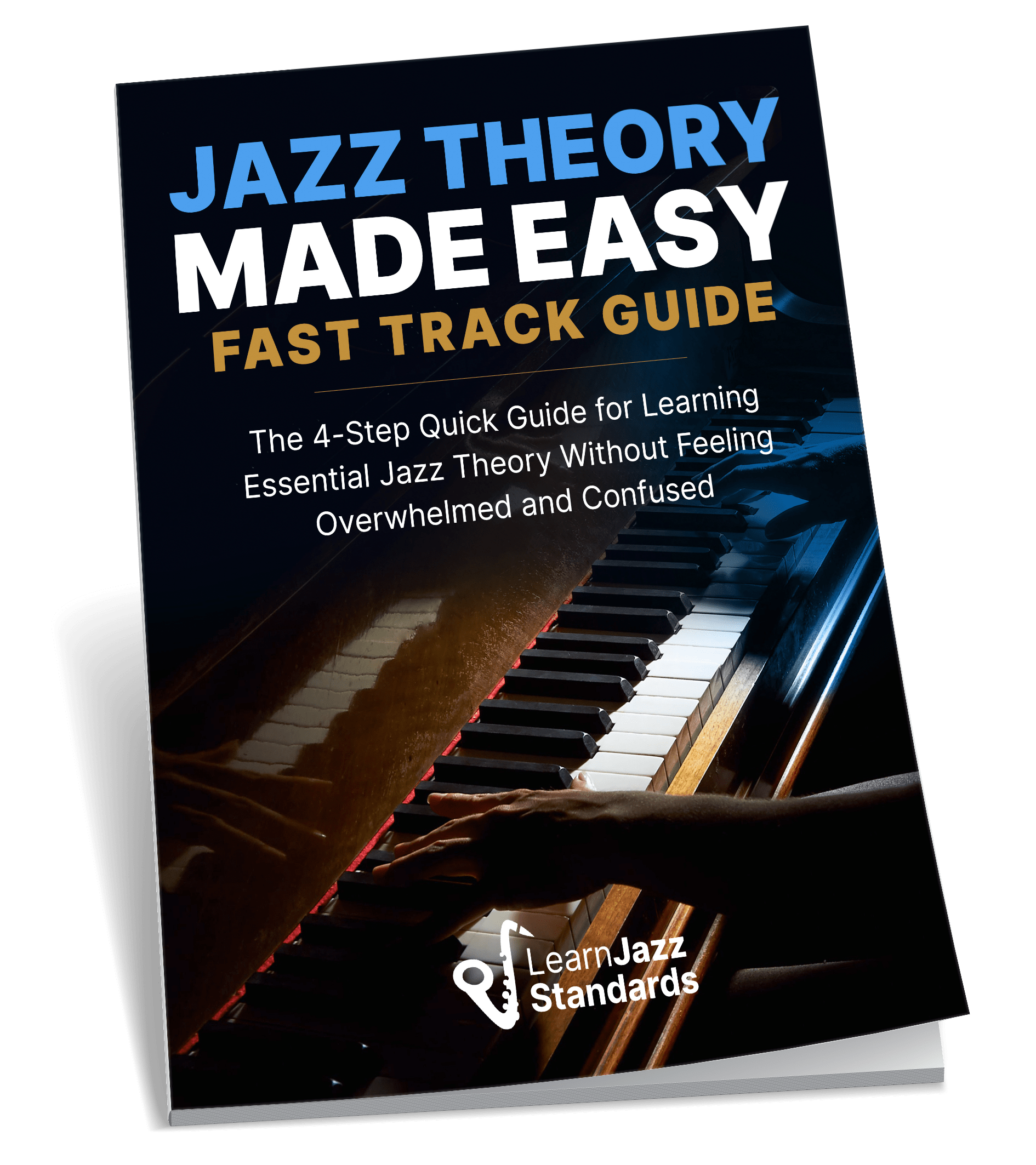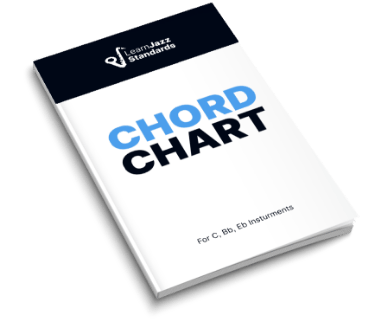So, you want to try your hand at playing jazz trumpet. Well, you’ve come to the right place!
In this intro guide to jazz trumpet, we will explore everything you need to know to start playing jazz on the trumpet. While there are core principles of jazz that aren’t instrument-specific, to truly master jazz trumpet, we’ll need to focus on a few trumpet-specific things.
In this guide, we’ll focus on trumpet specifics and examine the techniques, nuances, and approaches that make this classic instrument so popular across multiple genres, from classical music, modern jazz, jazz-rock, and free jazz to hip-hop and neo-soul.
We’ll discuss—
- Methods to cultivate your unique jazz trumpet tone, emphasizing breathing, buzzing, and articulation techniques.
- Refine your practice routine specifically for jazz trumpet, enabling you to tackle common challenges and elevate your playing.
- Offer key study points to enhance your jazz theory knowledge and practical musicianship as it applies to the trumpet.
What distinguishes most players from the jazz trumpet legends?
Dedication and the right approach.
With focused effort and intentional practice strategies, you’ll witness remarkable growth in your trumpet sound, technical skills, and understanding of jazz theory. And, if you are looking for a structured approach to mastering jazz, no matter what instrument you play…
…then you need to check out the Learn Jazz Standards Inner Circle.
When you join, you’ll gain access to an expansive collection of jazz educational materials, video lessons, masterclasses, courses, and workshops.
As a trumpet player, you don’t want to miss out on the Jazz Trumpet Accelerator course, which we’ve designed to take your technical trumpet skills to the next level. And, if you are ready to supercharge your jazz trumpet skills? The Learn Jazz Standards Inner Circle has everything you need.
Improve in 30 days or less. Join the Inner Circle.
Table of Contents
Constructing Your Jazz Trumpet Sound
At its core, jazz music is about self-expression. Some jazz artists spend their entire careers chasing their own personal sound. One thing you can do to get the ball rolling is to start thinking about what kind of trumpet player you want to be.
How do you want to sound?
Know What You Want To Sound Like
There is a big tonal difference between Louis Armstrong and Chet Baker. These and other jazz artists have given their sound a lot of thought. As a developing jazz trumpeter, you should consider how you want to sound.
It’s not to say that you should try to sound exactly like your favorite famous jazz trumpet players, but you should consider the styles, attitudes, and playing personalities that came before you to inform your sound, even if you do so to stand out from them.
Also, consider what you want to do with your trumpet. Maybe you want to lead your own jazz combo, or perhaps you want to play trumpet in jazz orchestras. Do you want to be avant-garde, or are you looking to preserve the traditions of jazz trumpet? Maybe you want to make ambient music or play Afro-Cuban jazz.
Maybe you’ll want to try your hand at all of these things.
It’s okay if you don’t know exactly what you want to sound like yet. It’s also okay if your sound goals keep changing and shifting. The Miles Davis from 1980 sounds way different than the Miles Davis from The New Sounds (1951), his debut album. Changing and evolving is a part of being a jazz artist.
To listen to different jazz trumpet sounds, check out this article on the 50 best jazz trumpet players of all time.
Wind vs. Air
Before diving into specific jazz trumpet techniques, we should also briefly discuss the difference between wind and air. The trumpet physically produces sound by vibrating at different frequencies. But what makes the trumpet vibrate?
Your embouchure and the breath you push through it.
Air is static. It’s everywhere all around us, and it’s the medium through which sounds travel. Air is like oil paint you’d use to paint a portrait. However, paint without thought or direction is just a glob on a stretch of canvas.
Wind, on the other hand, is air with purpose and direction. It’s your breath, which you use to communicate (and also play wind instruments). In this sense, wind is like the act of painting or moving the paint around the canvas to create something intentional.
You have to think of the wind you generate as having a purpose. Each breath must be intentional.
How To Develop a Good Jazz Trumpet Tone in 3 Steps
With the philosophical aspects of being a trumpet player out of the way, let’s talk a bit more specifically about the physicality of playing the trumpet.
1. It All Starts With Breathing
You don’t need to overblow to produce a solid trumpet tone. Overflowing can lead to fatigue, blown chops, and bad tone. What is more important is your breath control, not how hard you can blow.
Breathe With Your Belly, Not Your Chest
Take in a deep breath. As you did so, your shoulders probably raised higher, and your spine may have stretched out a bit. However, you probably didn’t take as full of a breath as you could have.
Instead of breathing vertically, where your chest and shoulders rise, breathe horizontally. Expand your stomach fully when breathing in, and you will take in more air than you could with only your upper chest.
By fully expanding your belly, you are stretching your diaphragm down (and taking in much more air as a result). With more air, you’ll have more wind to create your jazz trumpet sound. Do this exercise to strengthen your diaphragm muscle.
Only try this breathing exercise while seated comfortably! If you haven’t breathed this deeply before, you can get lightheaded!
2. Buzzing Exercises: To Buzz or Not To Buzz
There tend to be two camps when it comes to practicing buzzing—those who are for it and those who are against it.
Those trumpet players who are against it suggest that it isn’t necessary to practice buzzing to play the trumpet and that it can lead to unnecessary tension.
Though this can be true, with the proper awareness, control, and approach, buzzing exercise can be an excellent tool for helping a trumpet player develop wind control, refine their sound, control pitch, and explore the function of the tongue.
The main idea behind practicing buzzing is to develop a technique that doesn’t rely on the trumpet to produce a clear, controlled sound.
Three Types of Buzzing
- Buzzing the Leadpipe: Where you remove the tuning slide so that air leaves the trumpet sooner. This is the most similar to playing the trumpet.
- Buzzing the Mouthpiece: Where you only blow air through the mouthpiece. This is harder than buzzing the leadpipe.
- Free Buzzing (Just Lips): This is the most challenging type of buzzing to practice. You are entirely relying on your lips to create the sound.
You don’t need to practice buzzing for hours a day. Too much buzzing practice can harm your form and cause you to overblow.
You only really need to practice buzzing for 2 minutes a day.
Buzzing Exercises
The following exercise combines singing, mouthpiece buzzing, and free buzzing. This will help you work on relating slight embouchure changes to different pitches. Be sure to do this exercise in time!
- Reference pitch
- Sing the pitch
- Buzz with lips
- Buzz with mouthpiece
- Buzz with trumpet

3. Long Tones on the Trumpet
Long tones are essential to practice on any wind instrument—it’s no different for the trumpet. You can put all your buzzing and breathing exercises to work by practicing long tone exercises, which will help you build endurance, stamina, and pitch control.
Long Tone Tips
- Don’t rush through long tone exercises! This is when you can deeply analyze your sound and enhance your connection to the instrument.
- Use a Metronome! You should always be practicing time wherever you can. Long tones provide a great opportunity to work on time.
- Use a Tuner! You should use reference pitches to train your sense of pitch.
- Practice different attacks and articulations for the beginning, middle, and end of the note.
BEFORE YOU CONTINUE...
If you struggle to learn jazz standards by ear, memorize them, and not get lost in the song form, then our free guide will completely change the way you learn tunes forever.
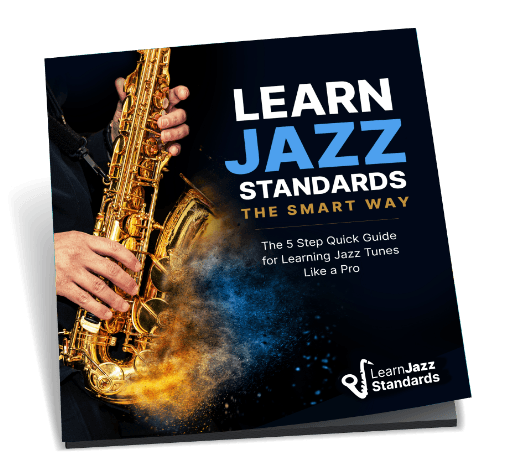
Refine Your Jazz Trumpet Technique
Breath is one vital aspect of playing trumpet, but it isn’t the only important thing you need to focus on. You also need to focus on how your breath interacts with the other essential aspects of playing the trumpet, such as your finger technique or your tonguing technique.
There are a few best practices you should keep in mind when practicing trumpet.
Getting to the Bottom of Bad Technique
Ask Yourself: Is it Just Your Fingers?
Jazz trumpet is comprised of five crucial components:
- The Fingers
- Wind Production
- The Lips
- The Tongue
- The Left Hand
These factors must work together to produce a clear and consistent trumpet sound. What you think is only a fingering issue might be a coordination issue between the fingers and tongue, the fingers and embouchure, or maybe between your air and fingers.
Practice Passages, Phrases, Lines, and Melodies with a Trumpet Berp.
A trumpet berp is a plastic device that screws onto the leadpipe of your trumpet. It’s designed to hold the mouthpiece so you can practice buzzing while holding the trumpet as usual.
The berp will help reveal what aspects of your technique are holding you back. (Again, with buzzing, it’s just you and the mouthpiece!) By practicing using a berp, you can refine your embouchure, wind, and tonguing techniques while practicing the fingerings.
Here is a blues head:
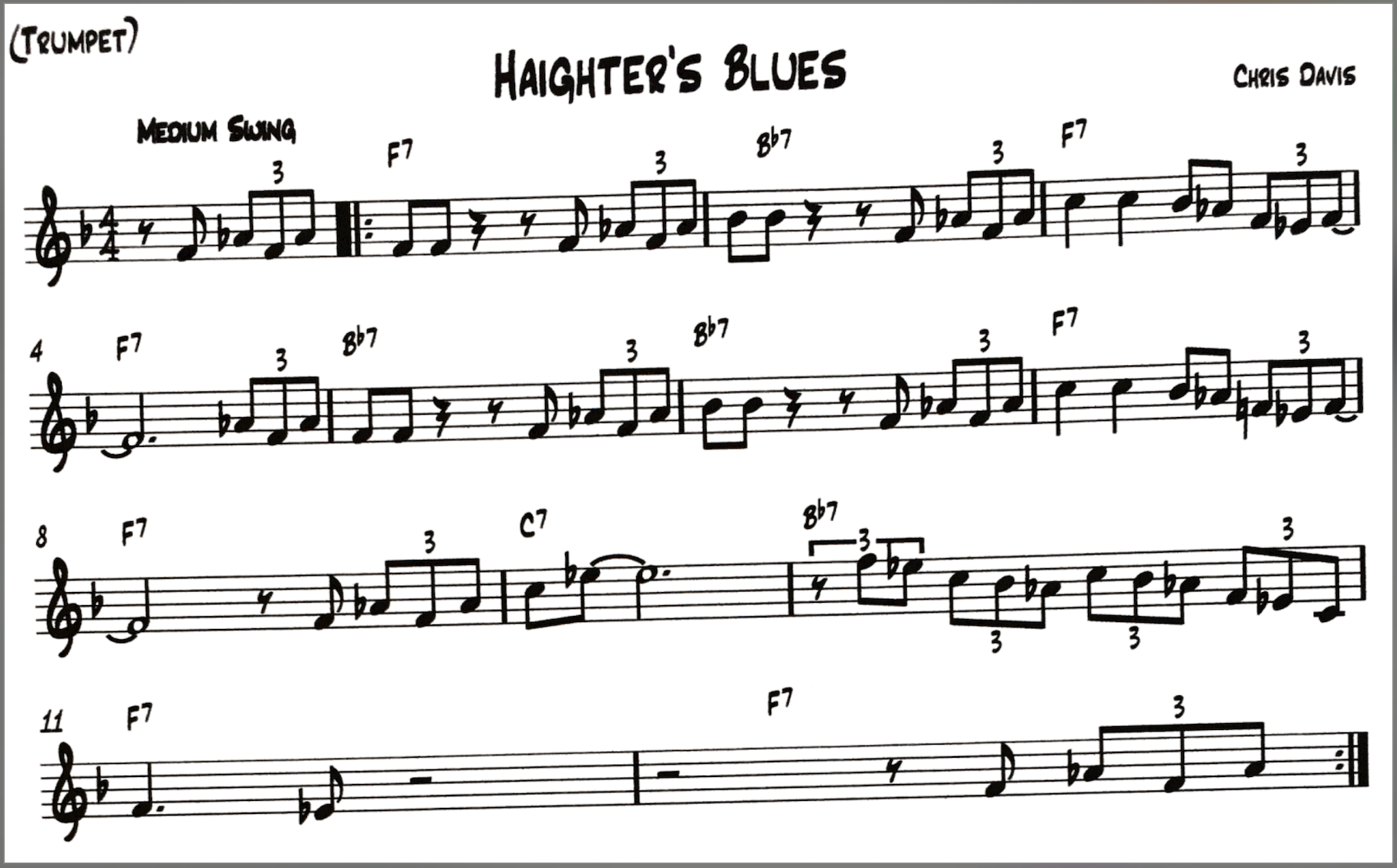
- First, play it as you normally would and take note of problem areas you encounter.
- Then connect your mouthpiece to the berp and try it. It will be much harder to play convincingly.
By doing this, you’ll be able to feel whether it’s your wind, your embouchure, or your tongue.
- Spend time refining your technique on the berp until it sounds how you want it to.
- Move the mouthpiece back to the trumpet and try the passage again.
Here are 28 other blues heads you can try this on!
Mental Practice Off Of The Trumpet Is Also Crucial
Many jazz musicians don’t spend enough time with mental practice. Sure, we need to practice on the trumpet, but our brains also need time to practice off the instrument. That’s why you should run through jazz trumpet exercises mentally and on your trumpet.
A great way to do this is to play air trumpet and sing (or buzz to the best of your abilities) the exercise. This not only reinforces the correct fingerings but also builds your musicianship by forcing you to create the pitches.
Essentially, if you can sing a piece of music without hearing it first, it proves that you’re playing it with your mind and not just your instrument. You are strengthening the mind-music connection.
For the following exercises, read through them on your trumpet, then play the exercise on air trumpet with the correct fingerings, singing the music.



Supercharge Your Jazz Trumpet Playing. Join The Learn Jazz Standards Inner Circle and Master Jazz Music.
Ready to take your jazz trumpet skills to the next level and crush it at the next jam session?
The Learn Jazz Standards Inner Circle has the materials, educational resources, and thriving community you need to help get you where you want to be.
Improve in 30 days or less. Join the Inner Circle.


